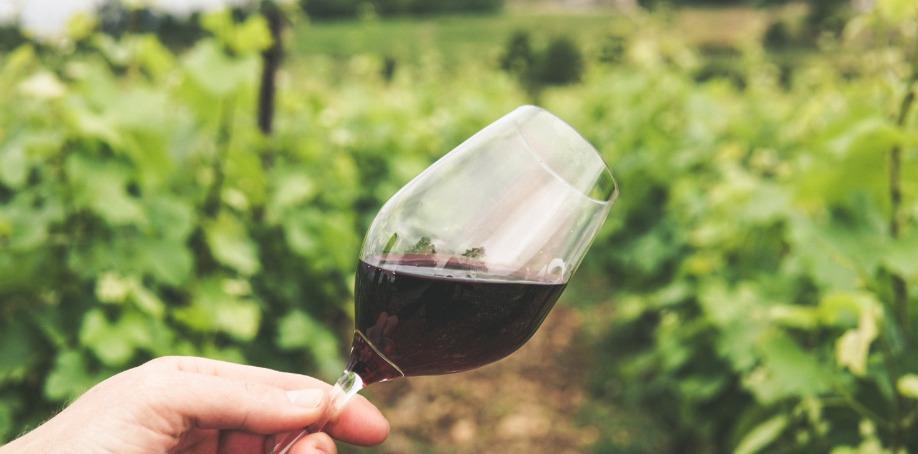4 THINGS THAT DEFINE THE QUALITY OF A WINE

One of the most discussed topics in the wine world is how to assess the quality of a wine. Many people think that they can judge the quality of a wine based on things like the wine’s colour, the bottle, its tears/legs. But these things tell you nothing about the quality of a wine.
What really tells you the quality of a wine is the word BLIC. BLIC is an acronym for the four main points with which wine professionals and wine lovers can derive the quality of a wine to their liking.
Here’s what BLIC stands for
B - Balance
L - Length
I - Intensity
C - Complexity
So let’s take a look at how you can use these 4 parameters to define the quality of a wine.
Balance
The first pillar that defines the quality of a wine is balance. When defining the quality of a wine, one needs to look at how well-balanced a wine is. Here, the word ‘balance’ refers to all the elements in a wine working together harmoniously. This includes acidity, alcohol, flavours, sugar, etc.
A well-balanced wine will always have all the elements working well together, without one overpowering the other. For example, if you can feel the burn of the alcohol in a wine, it’s likely that it’s not a well-balanced wine.
Length
The length of a wine refers to how long the flavours of the wine last on your palate after a sip. By this, we don’t mean the heat of the alcohol you might feel. To know the length of the wine, you will have to focus on the actual flavours of the wine.
Can you taste the flavours of the fruit linger on your palate after swallowing or spitting the wine? Example, if you can feel the alcohol linger on your palate for a longer time, or perhaps some unpleasant sensations, then the quality of the wine might not be that great.
Usually, wines that have a longer finish are assessed as higher in quality than those with a shorter finish.
Intensity
Next comes the intensity of a wine. When discussing intensity of a wine, we normally look at if one can identify the different flavours and aromas of a wine. How intense are the aromas, how intense are the flavours? How easily can you recognise the aromas and flavours?
So the wines in which you can easily sense the aromas and flavours tend to be of higher quality than wines that might have seldom flavours and aromas that might not be too recognisable.
Complexity
Lastly, we talk about complexity. Complex flavours and aromas are generally more preferable for both drinkers and professionals. In simpler words, wines with layers of flavours are known to be more complex. However, the lack of complexity doesn’t exactly mean that it is a bad wine. But complex wines are generally appreciated more and known to be of higher quality with well-integrated elements.
So the next time you want to figure out how to judge a quality of a wine, these four steps will help out.
Read next: 4 things that don’t indicate the quality of a wine
Originally published July 5, 2022